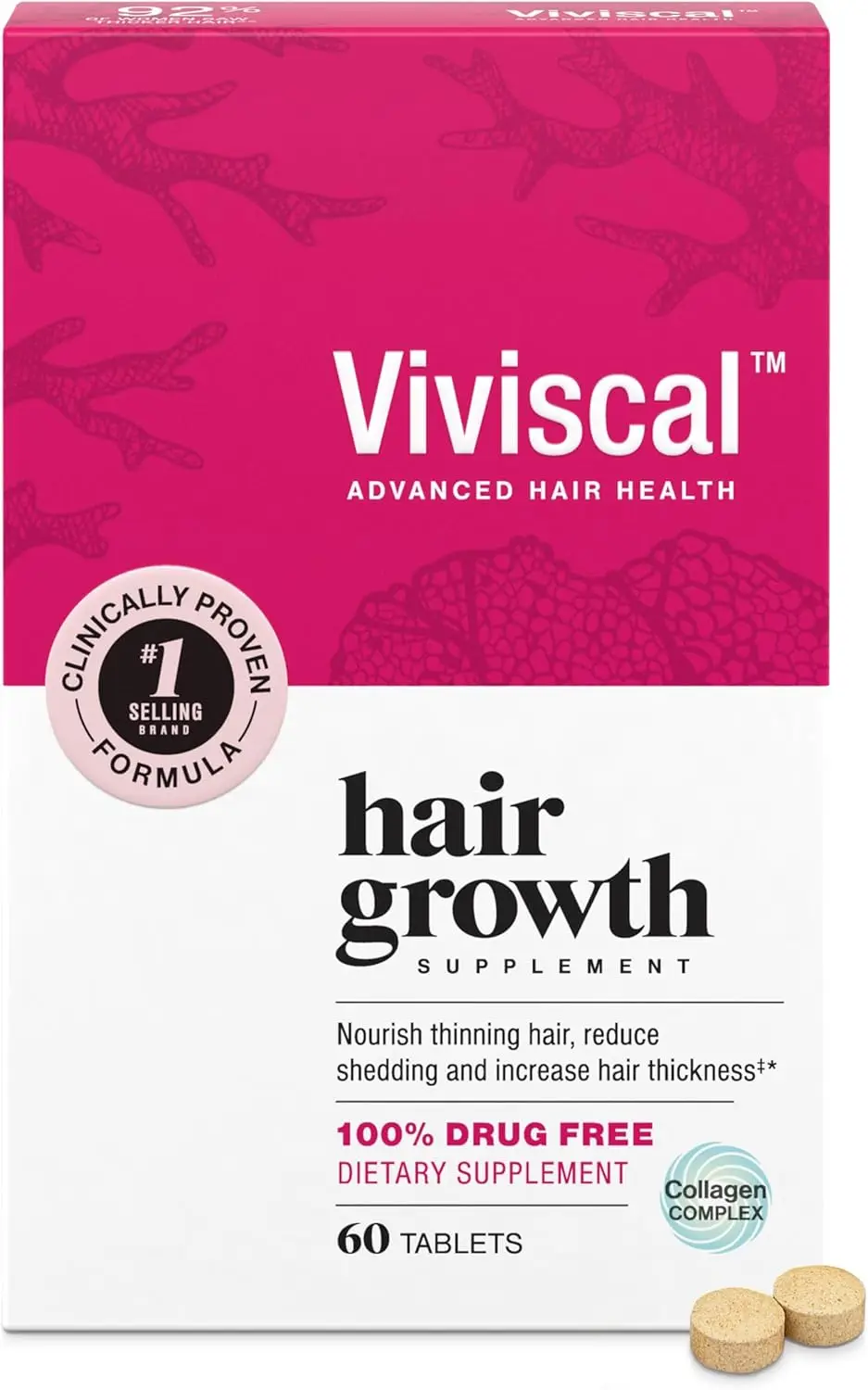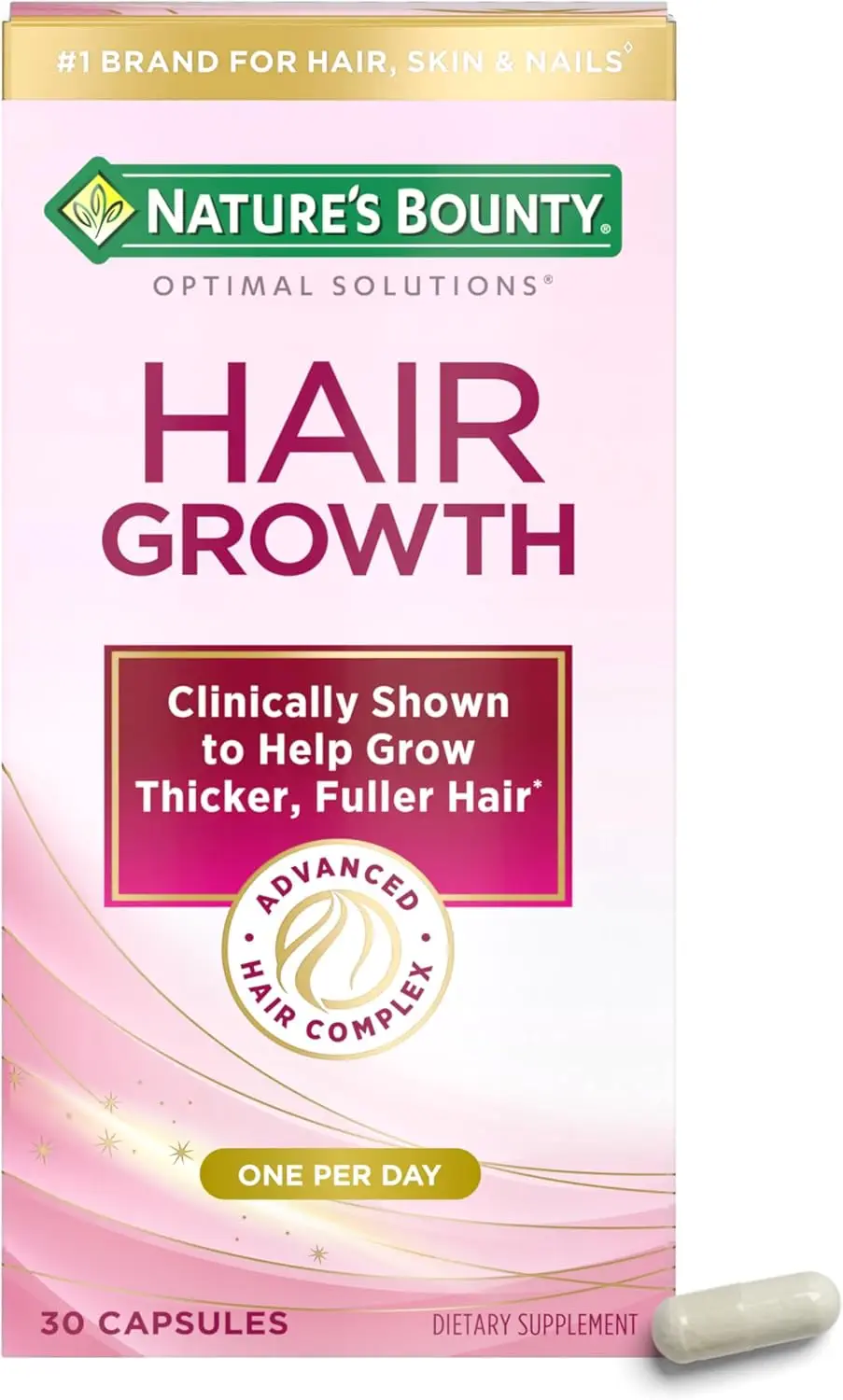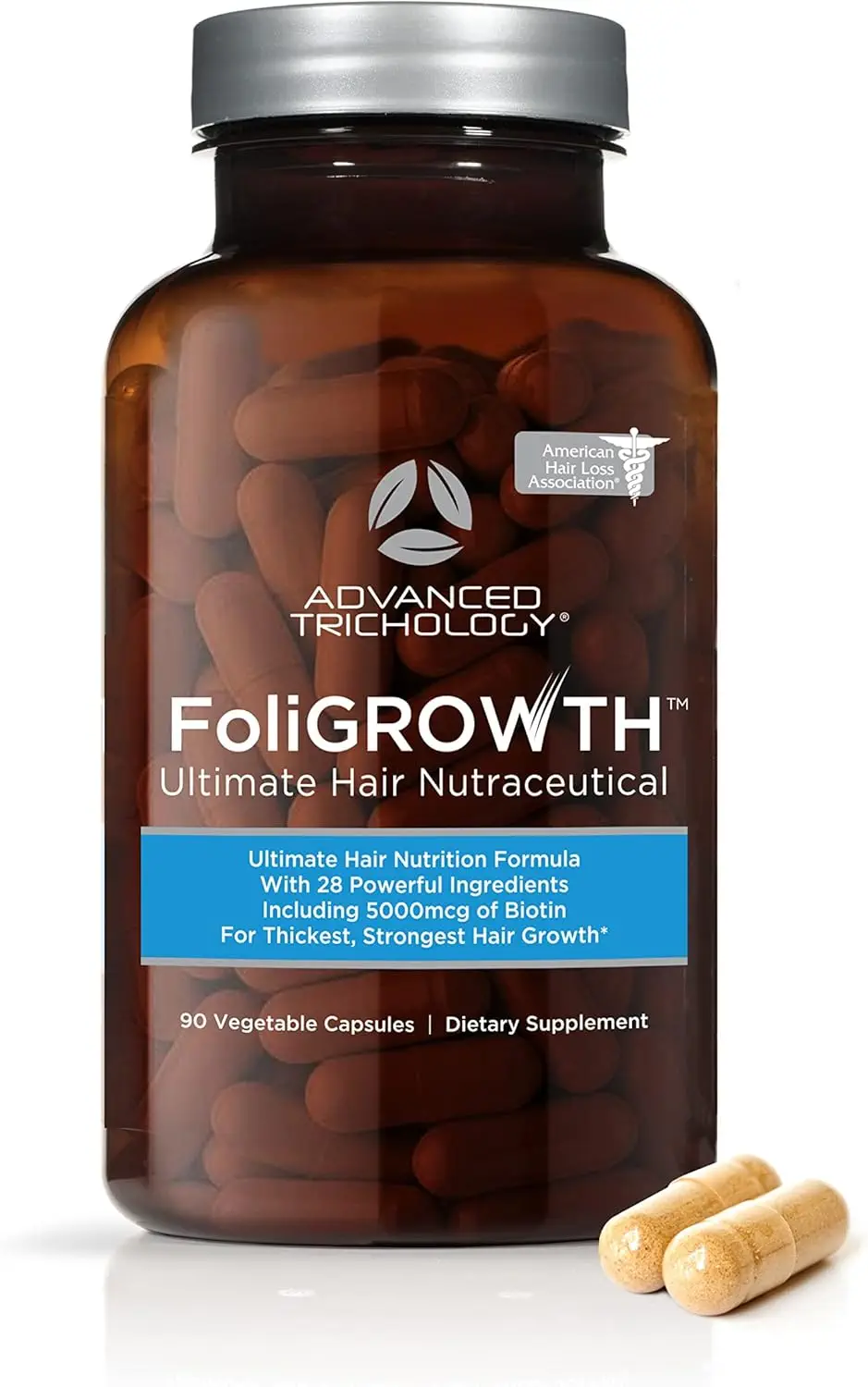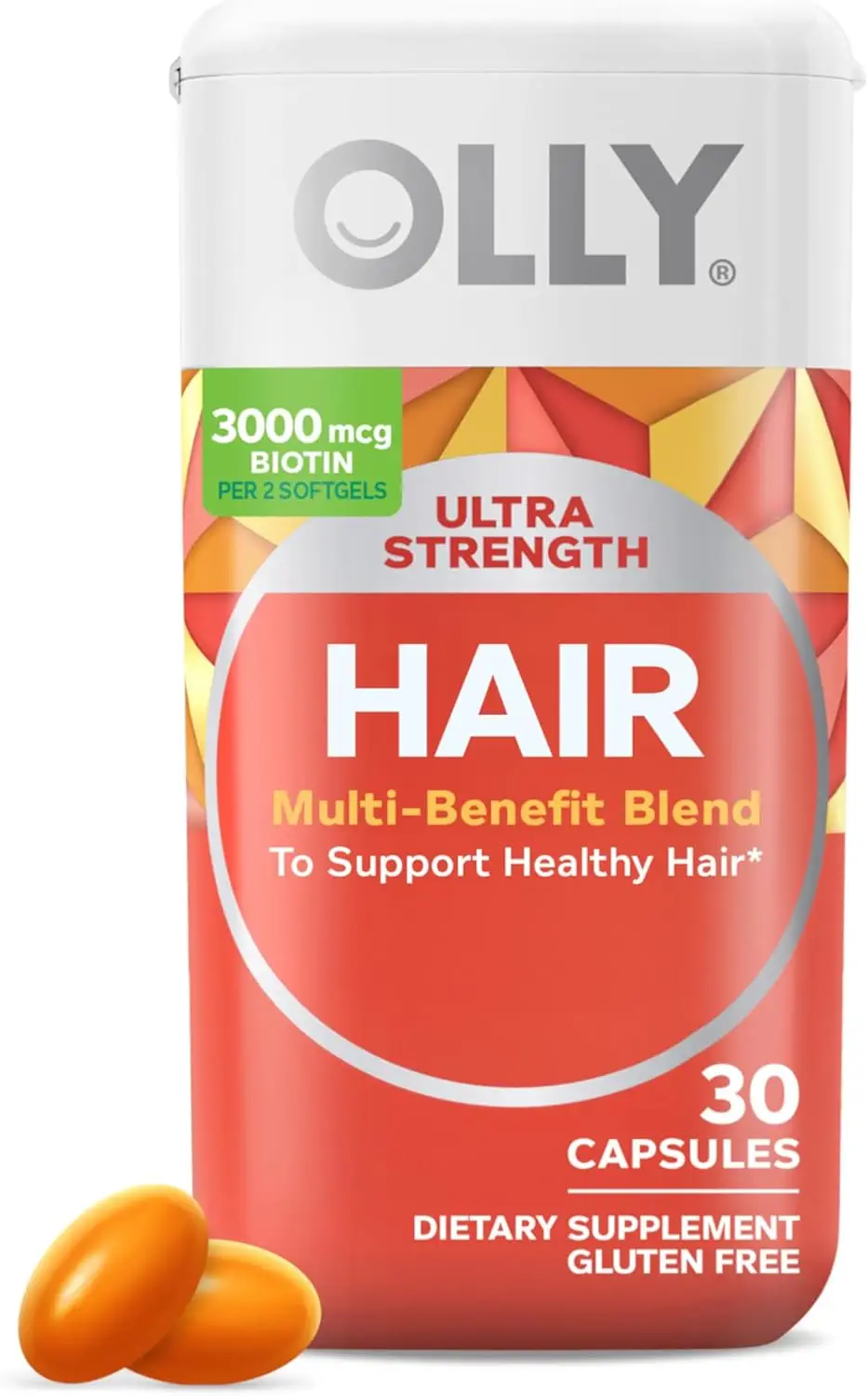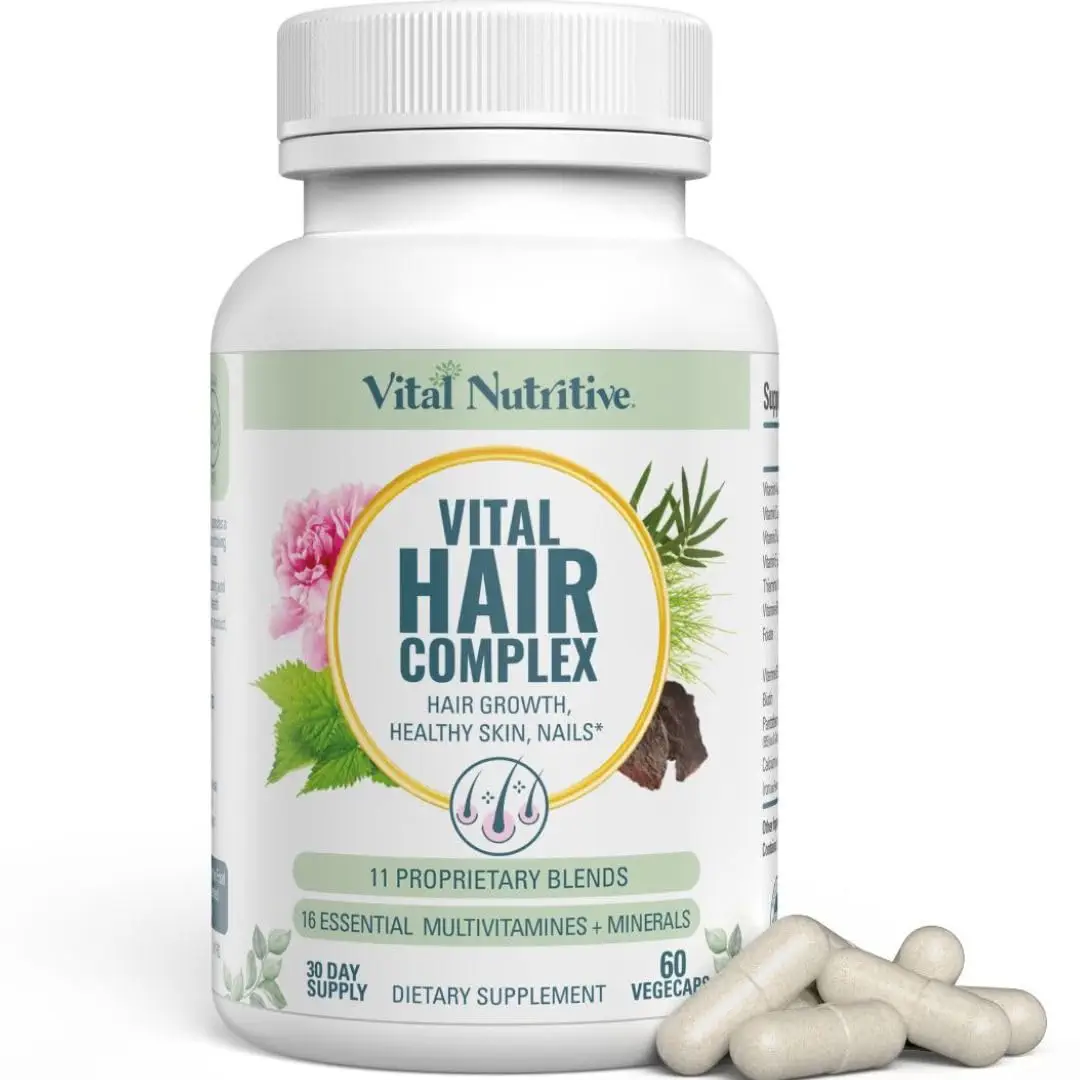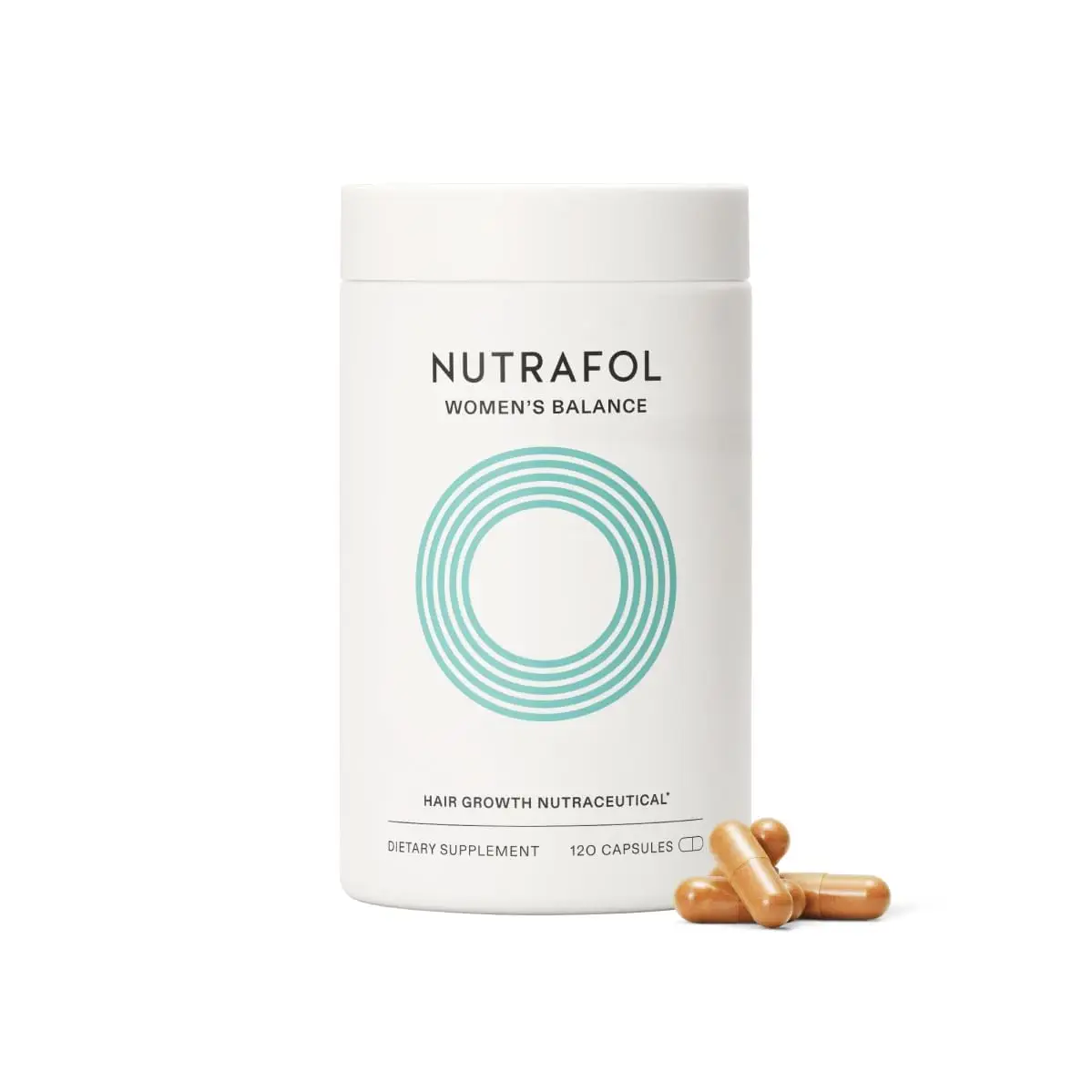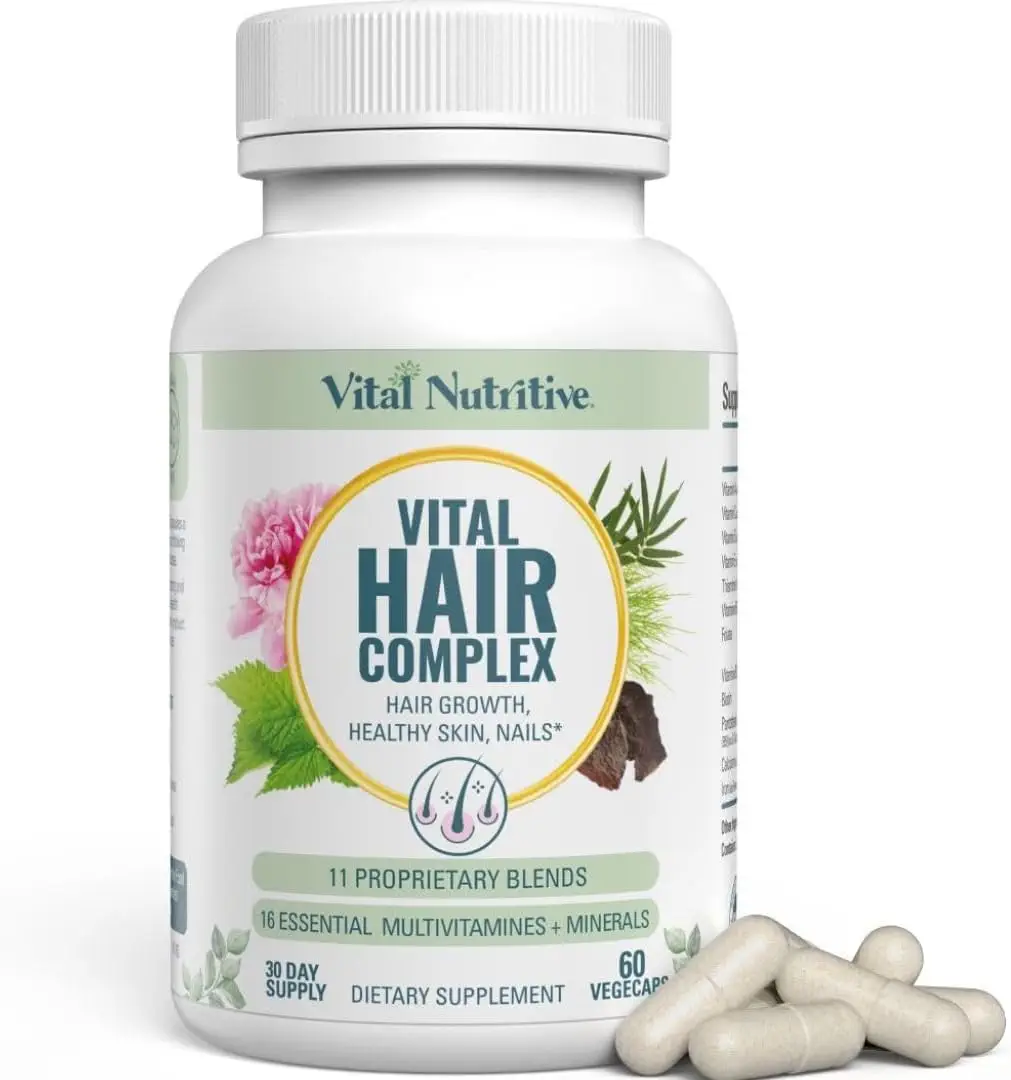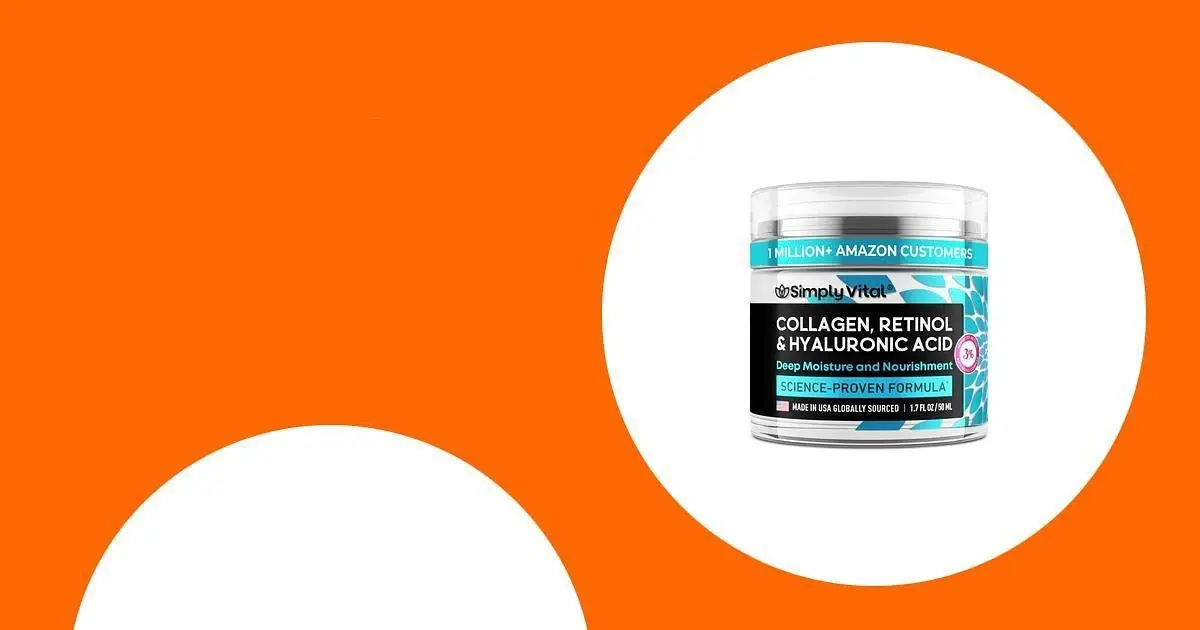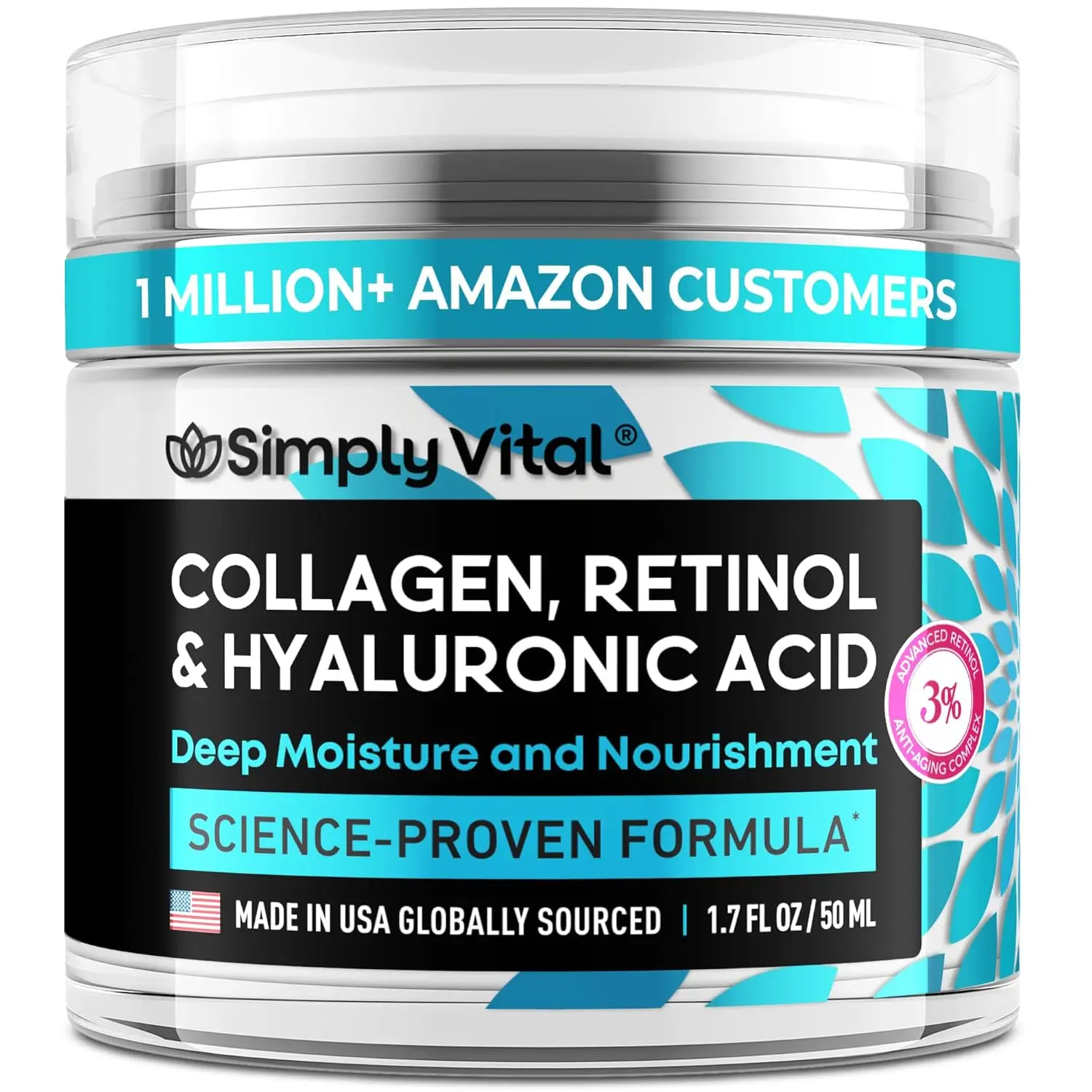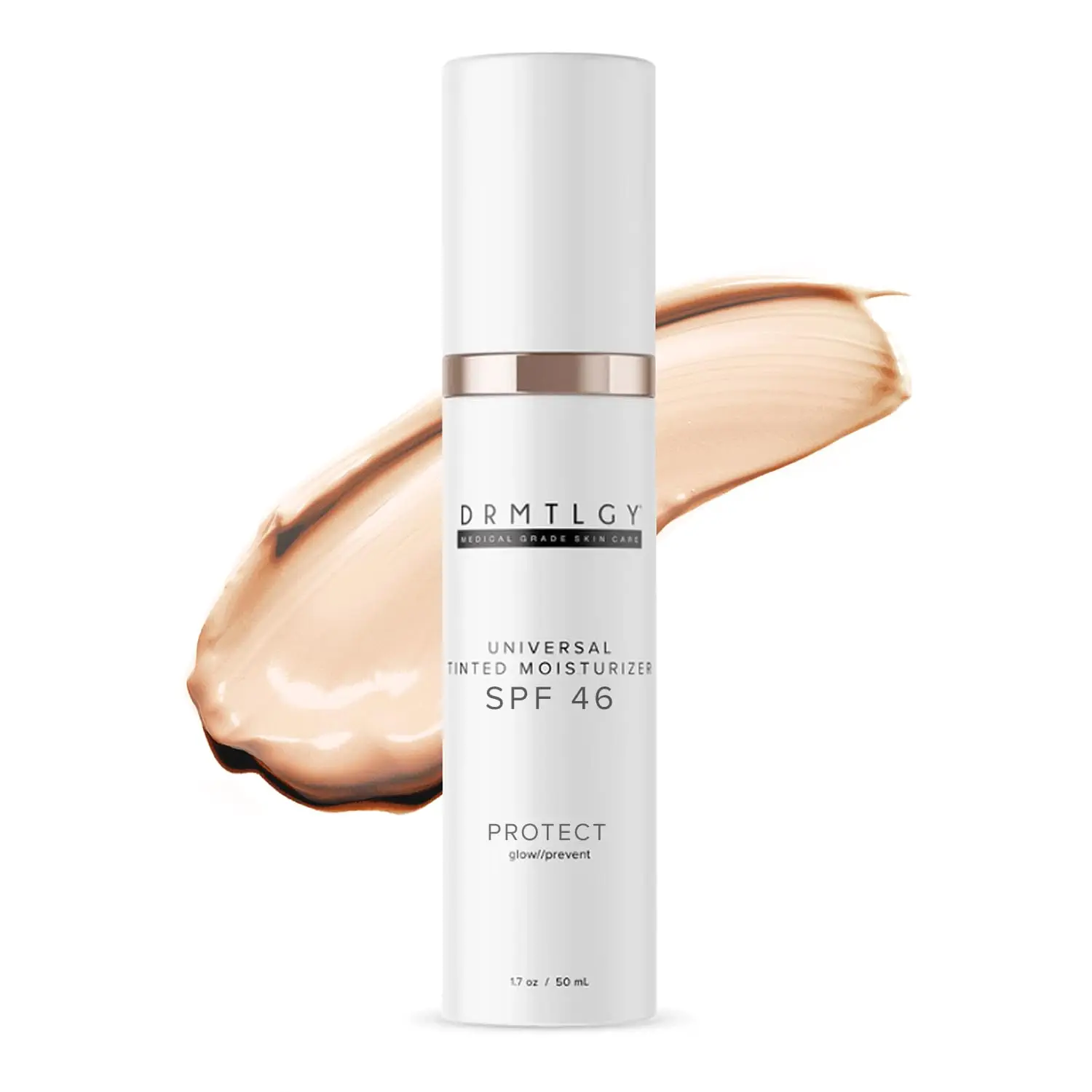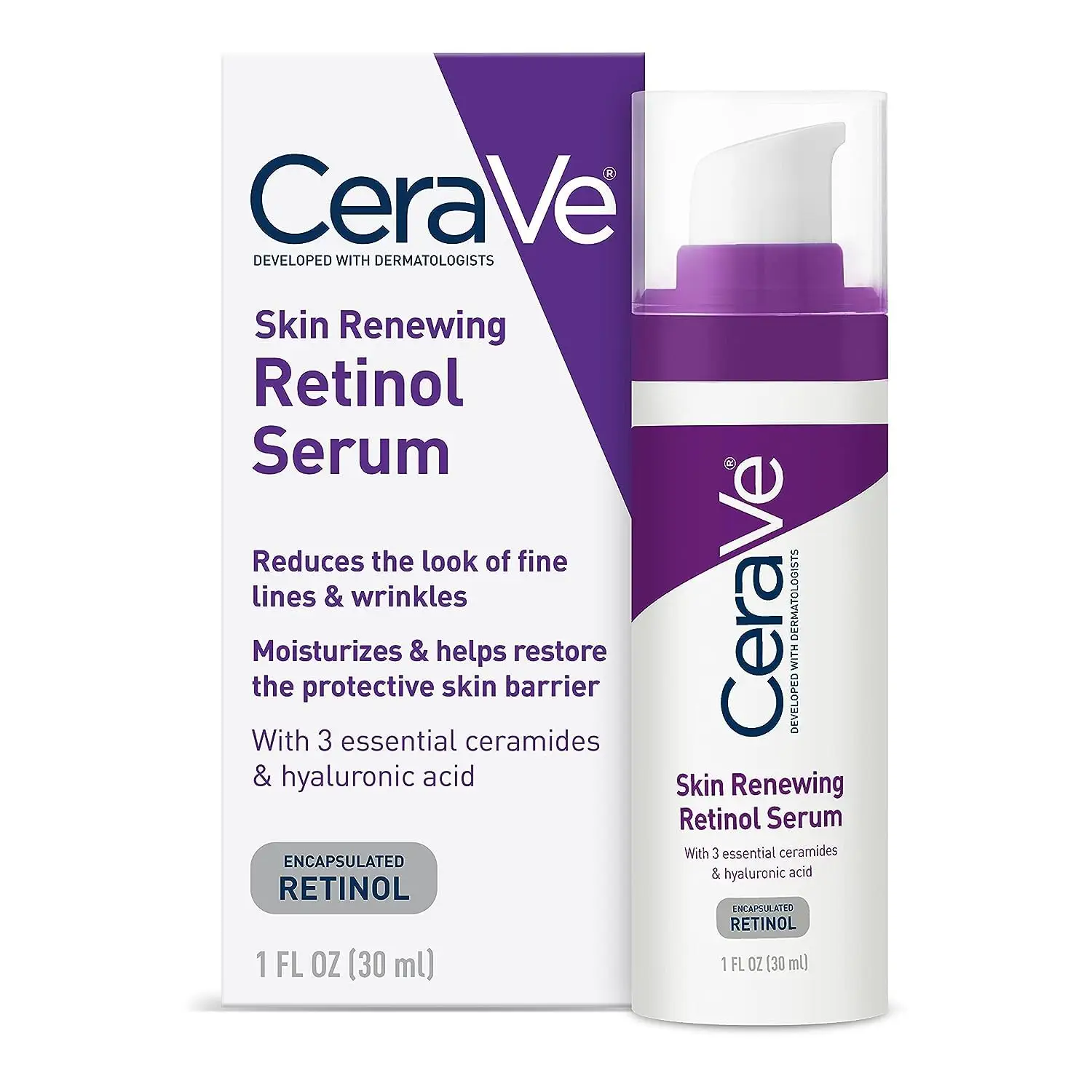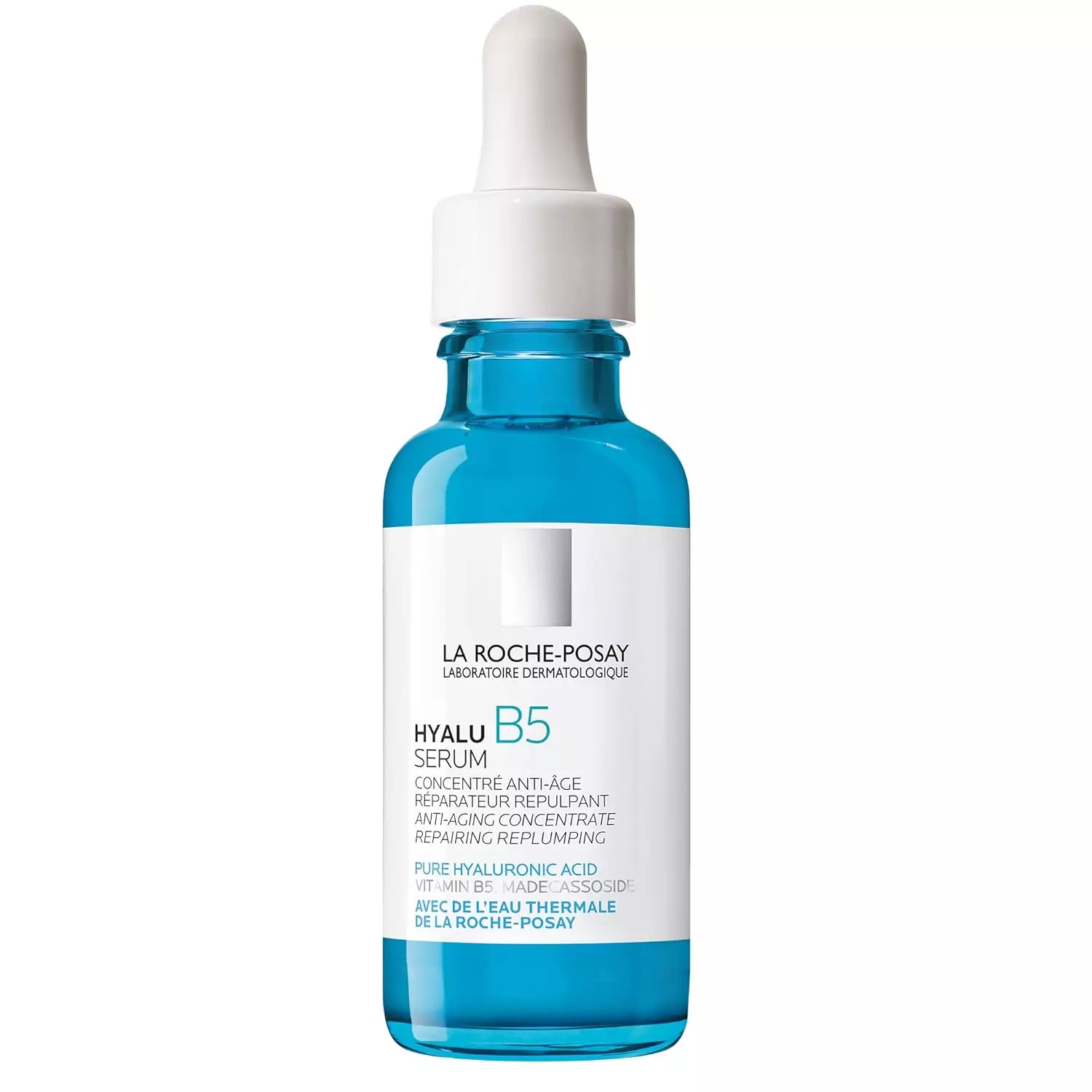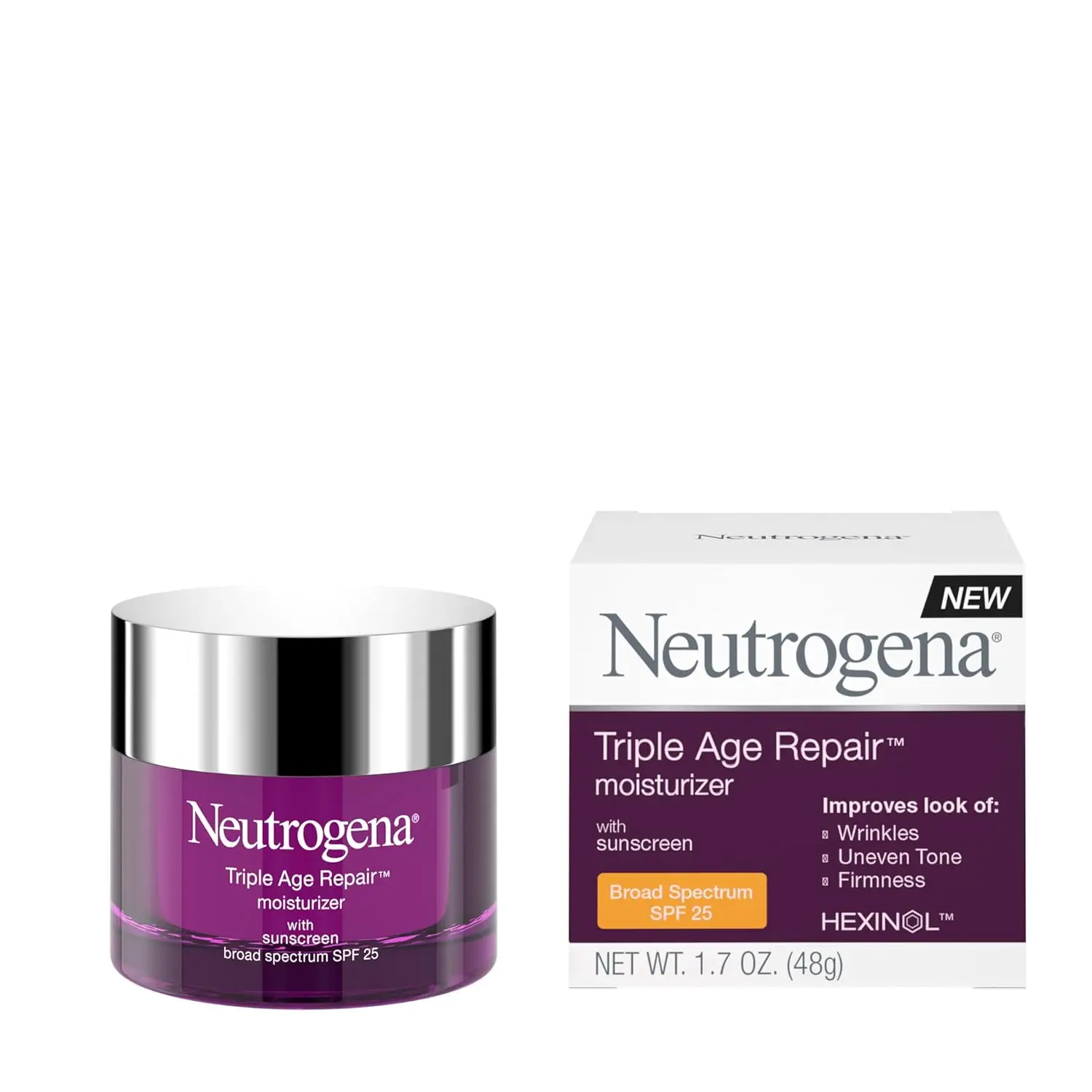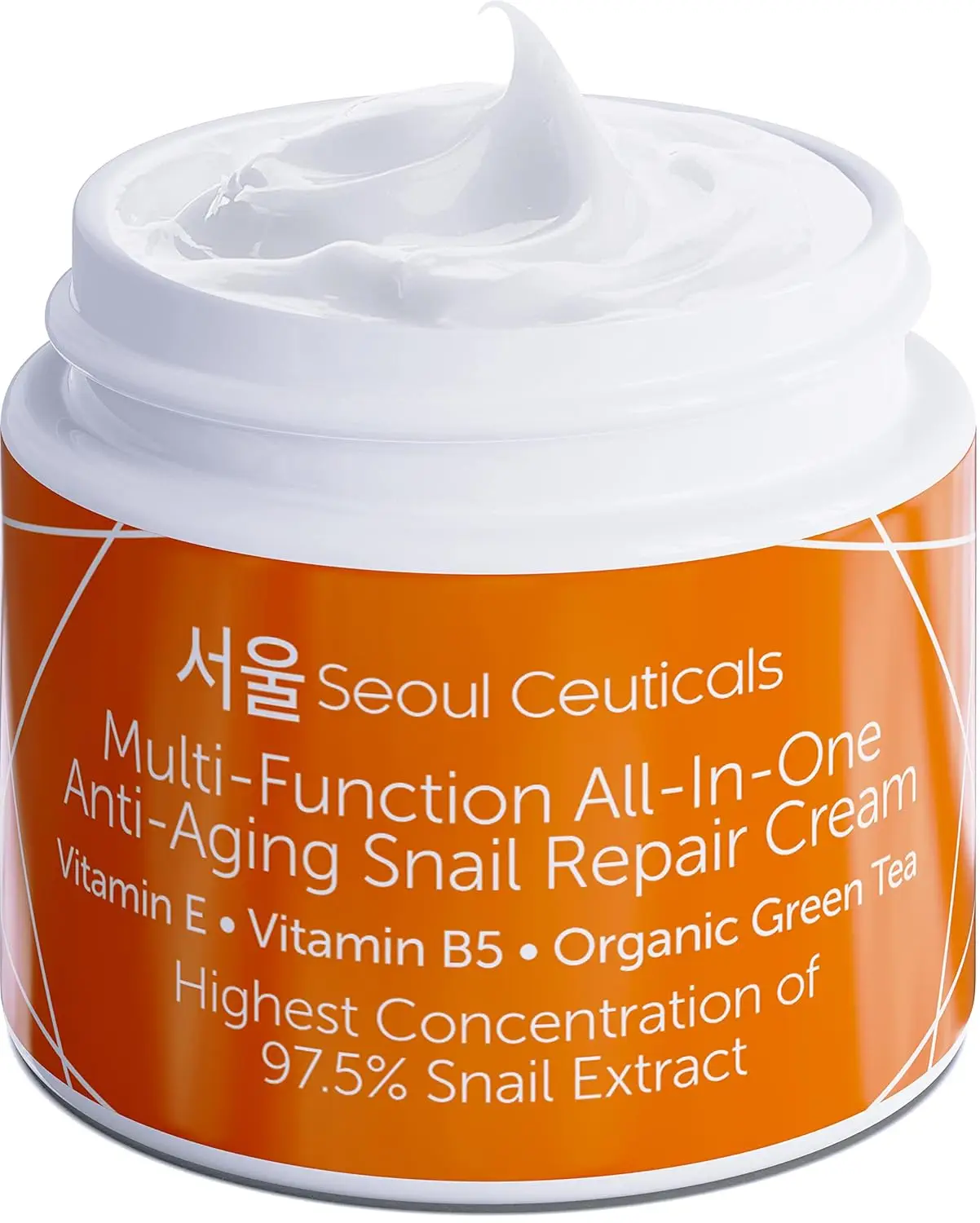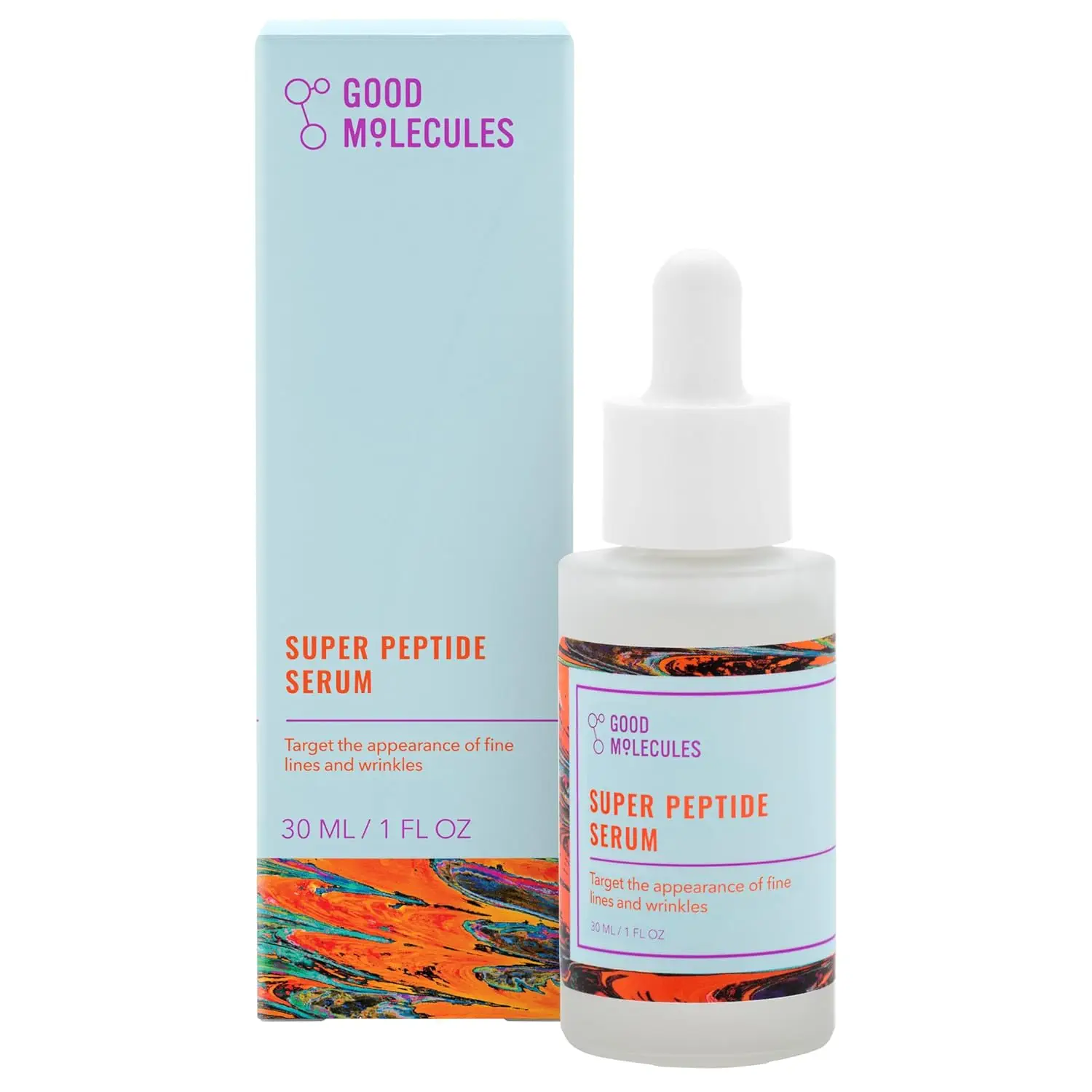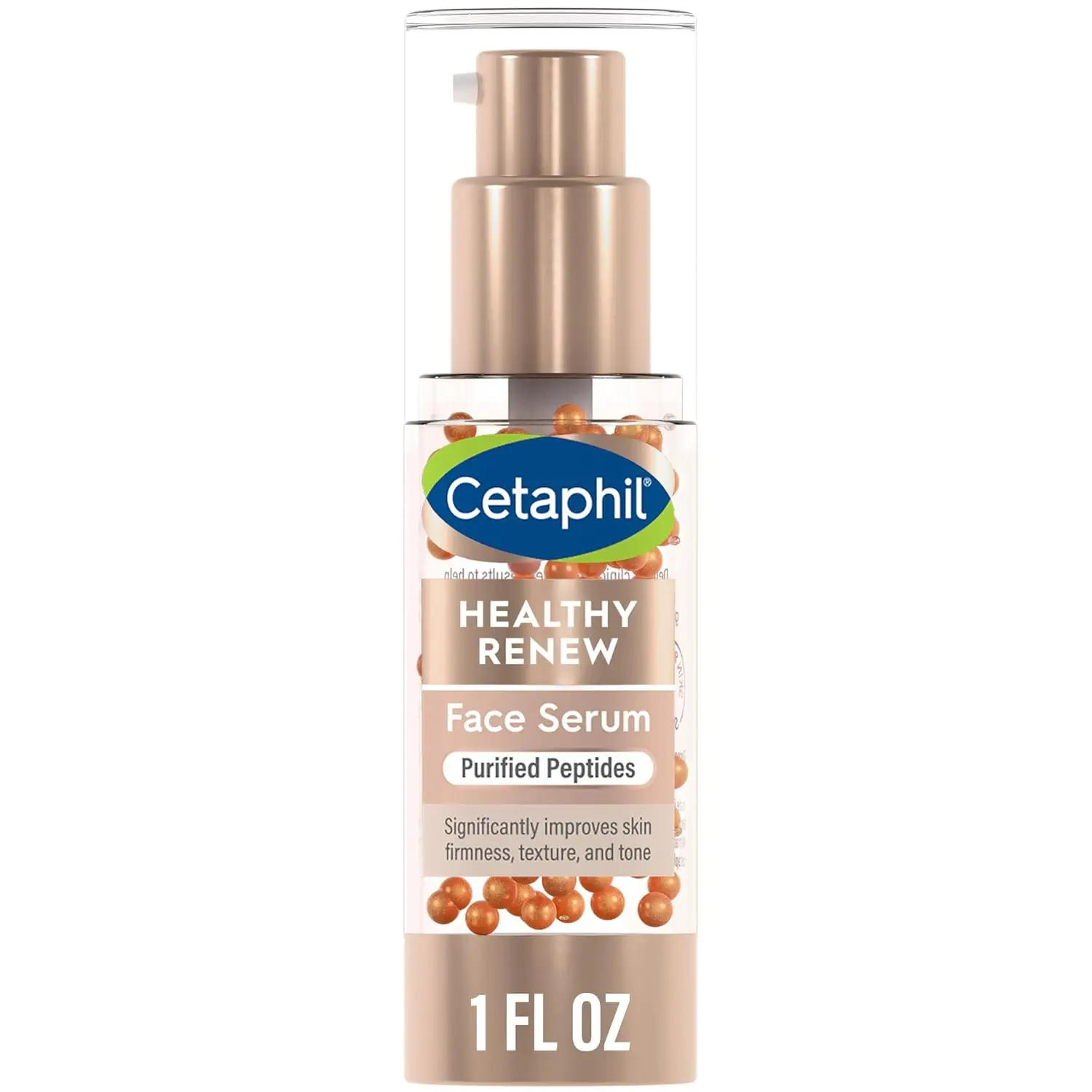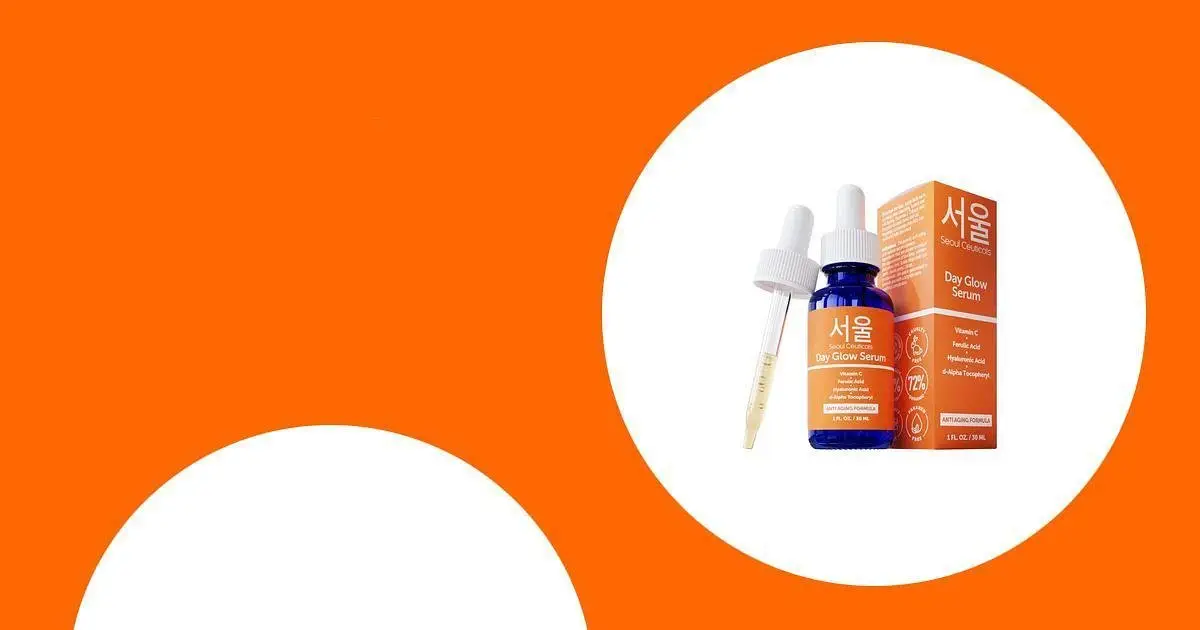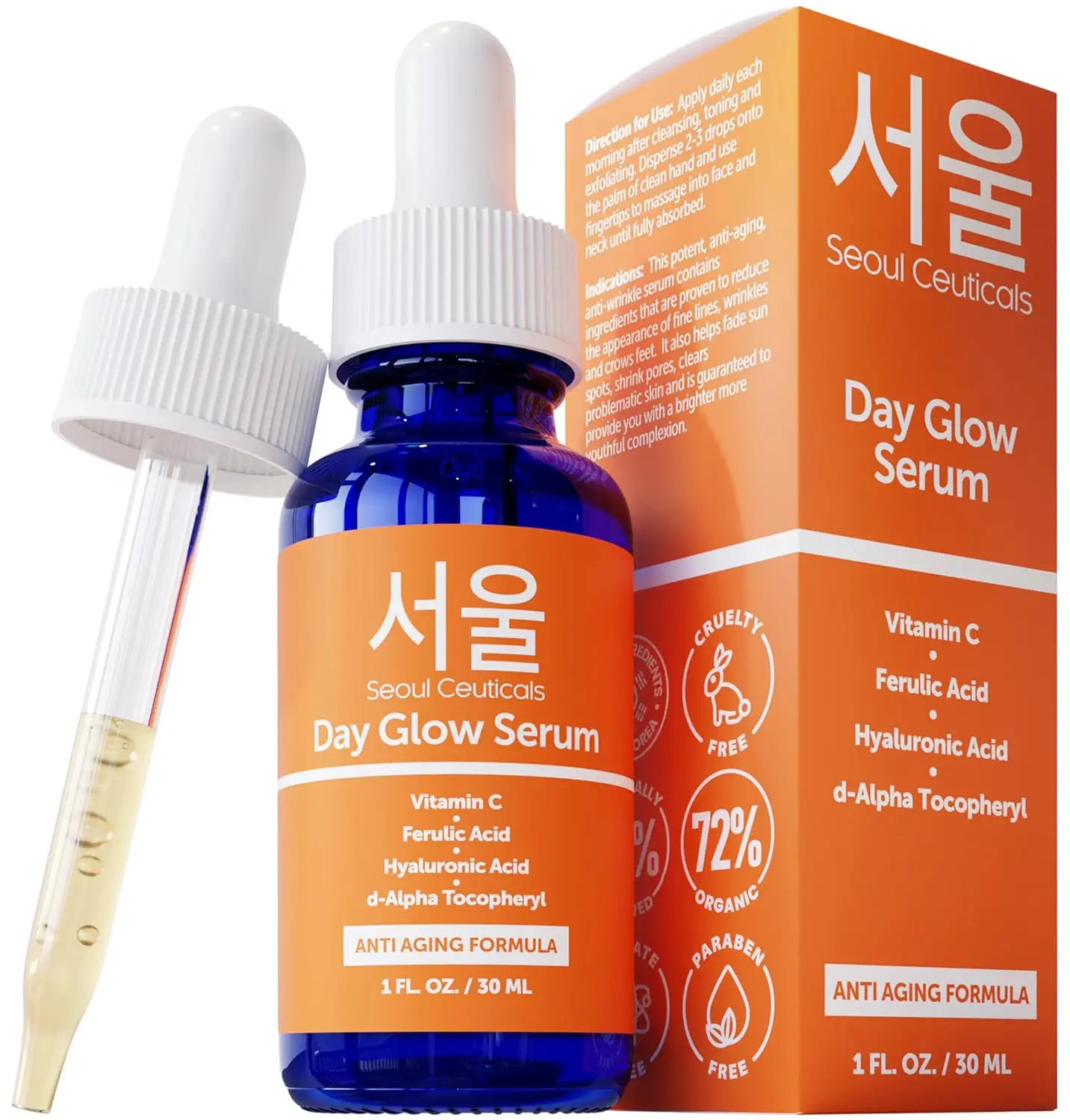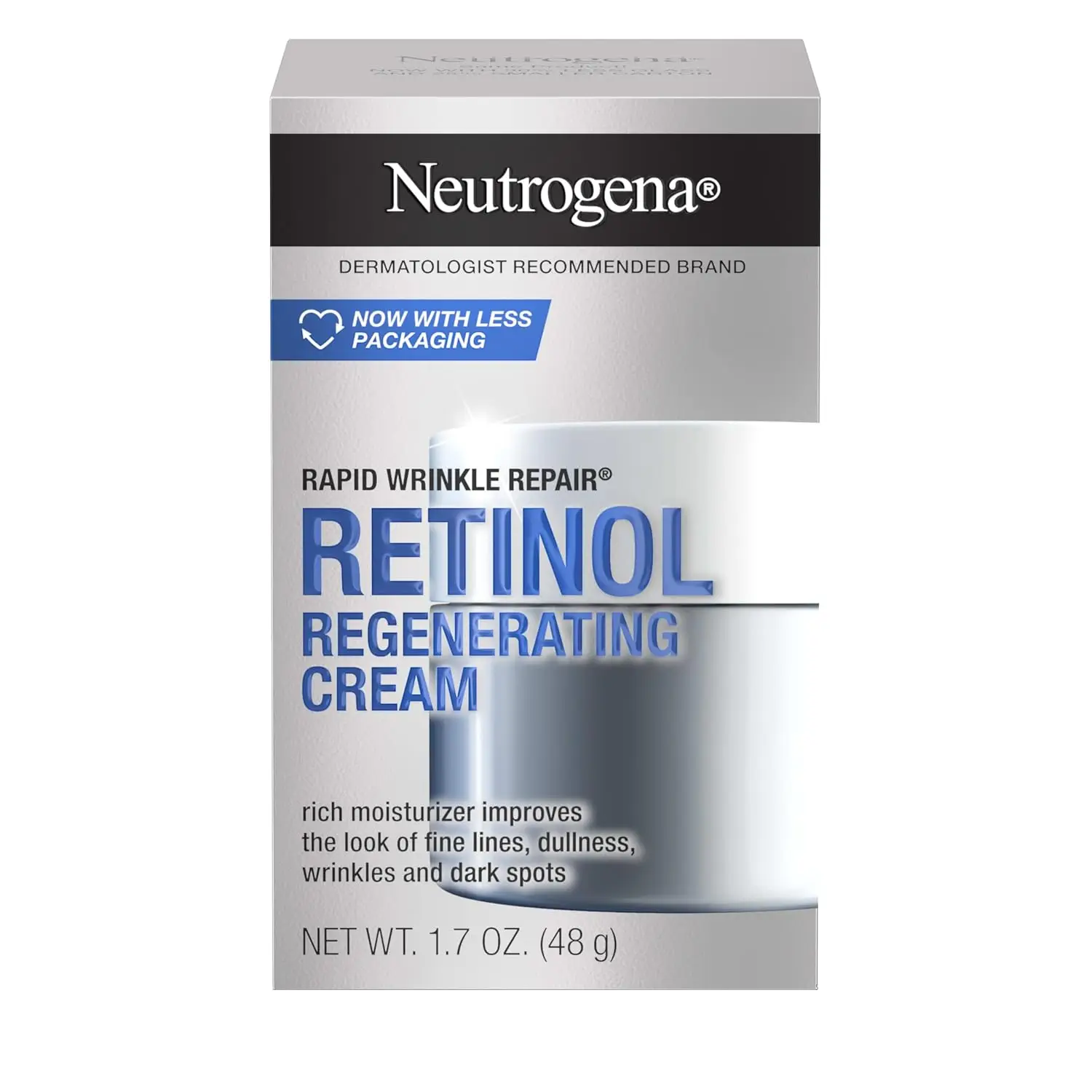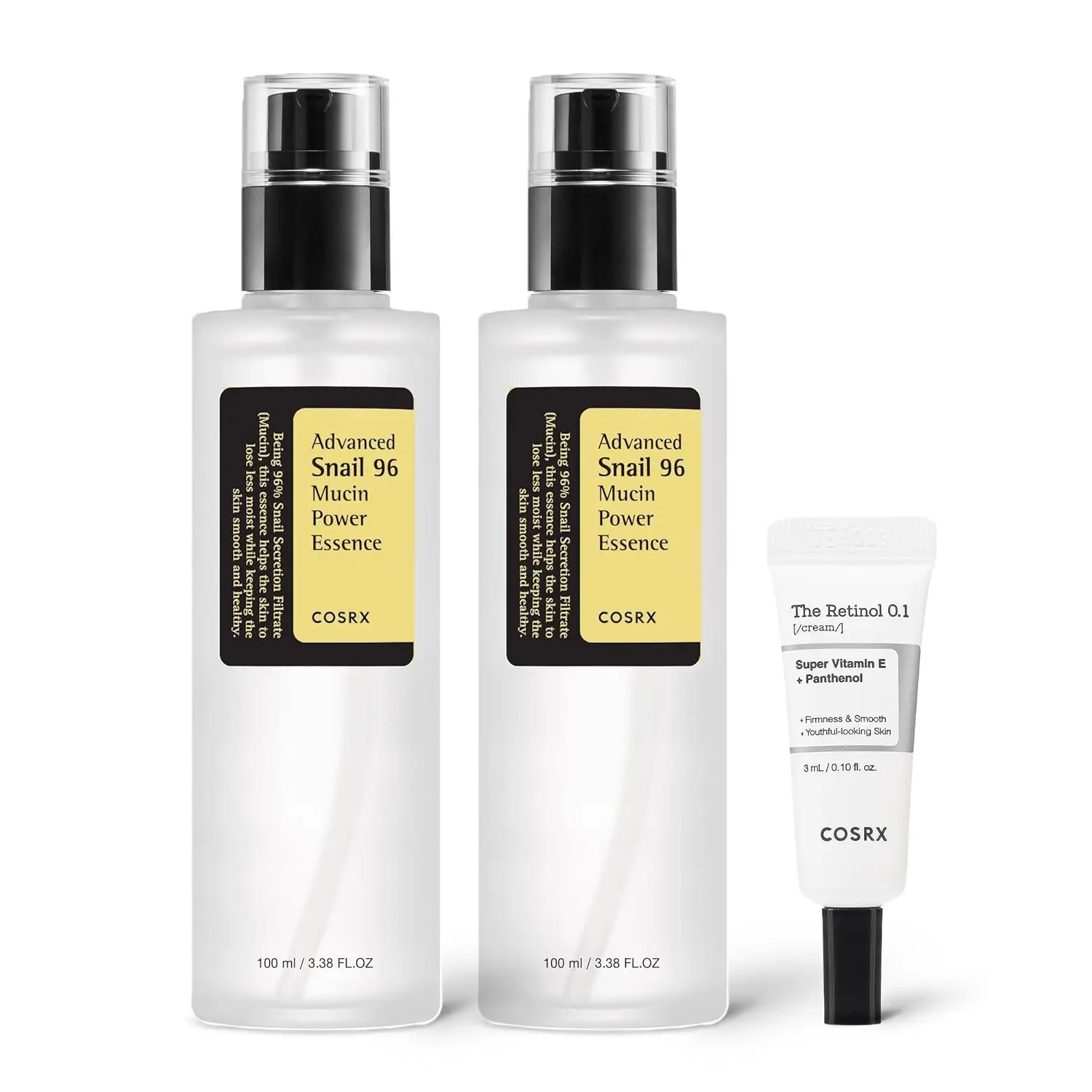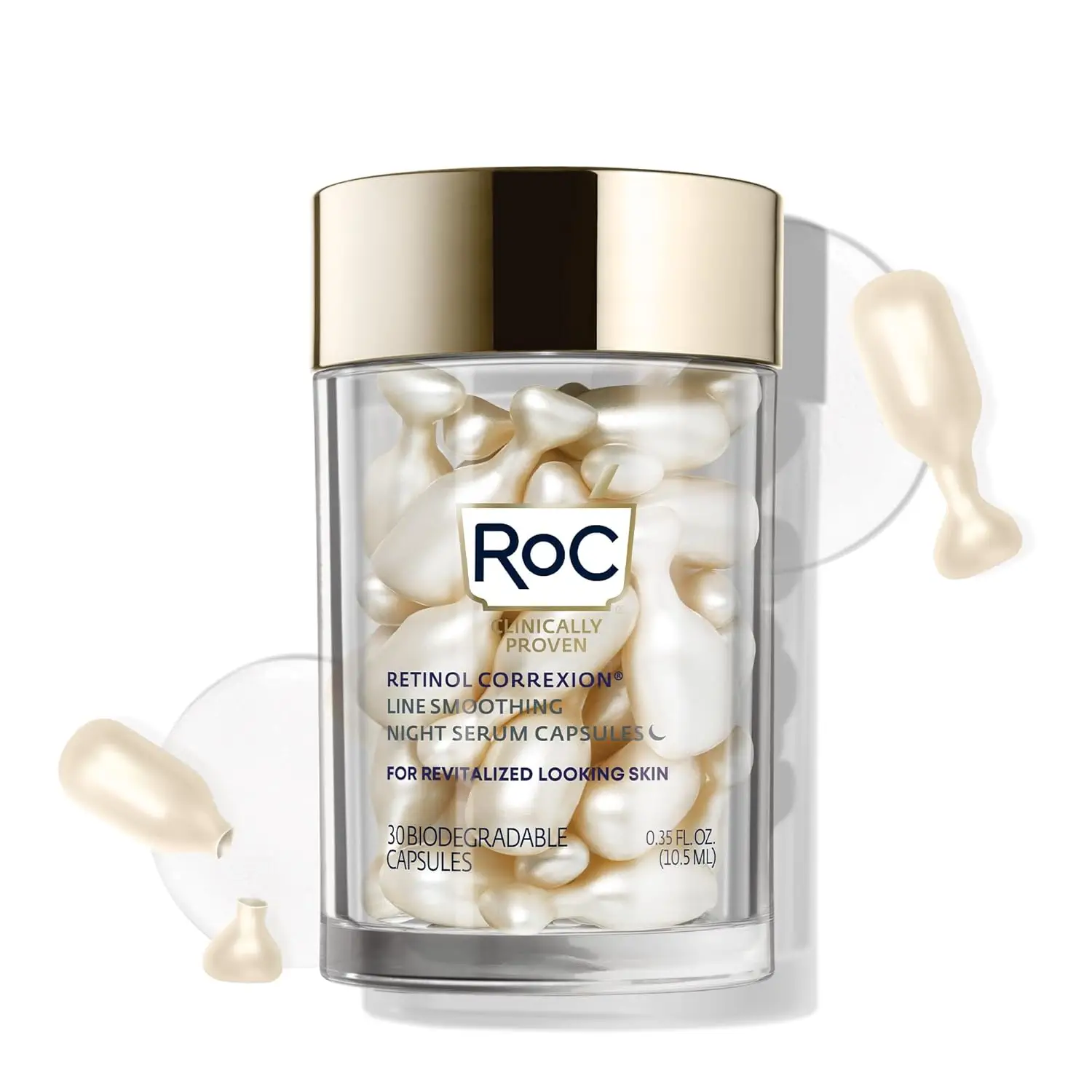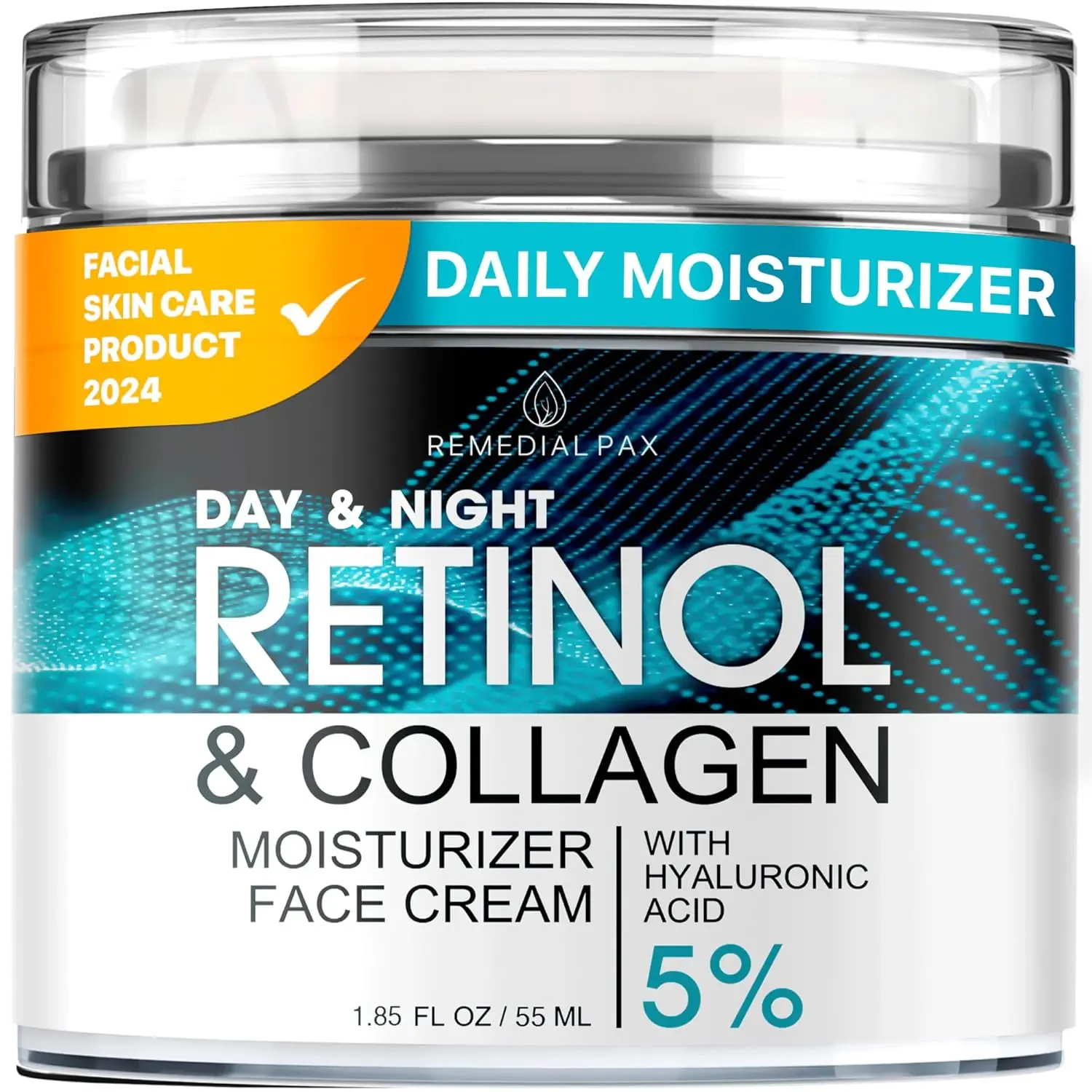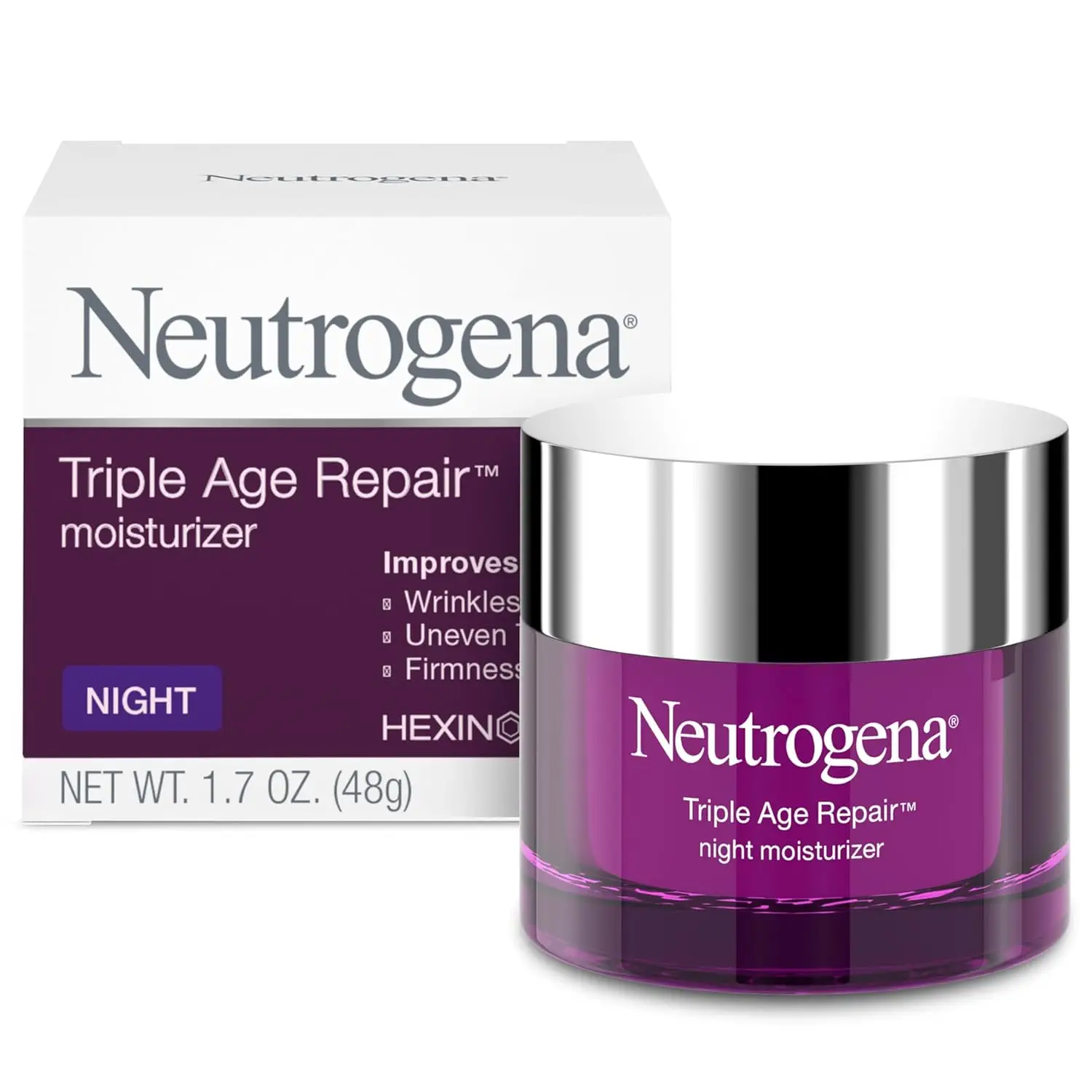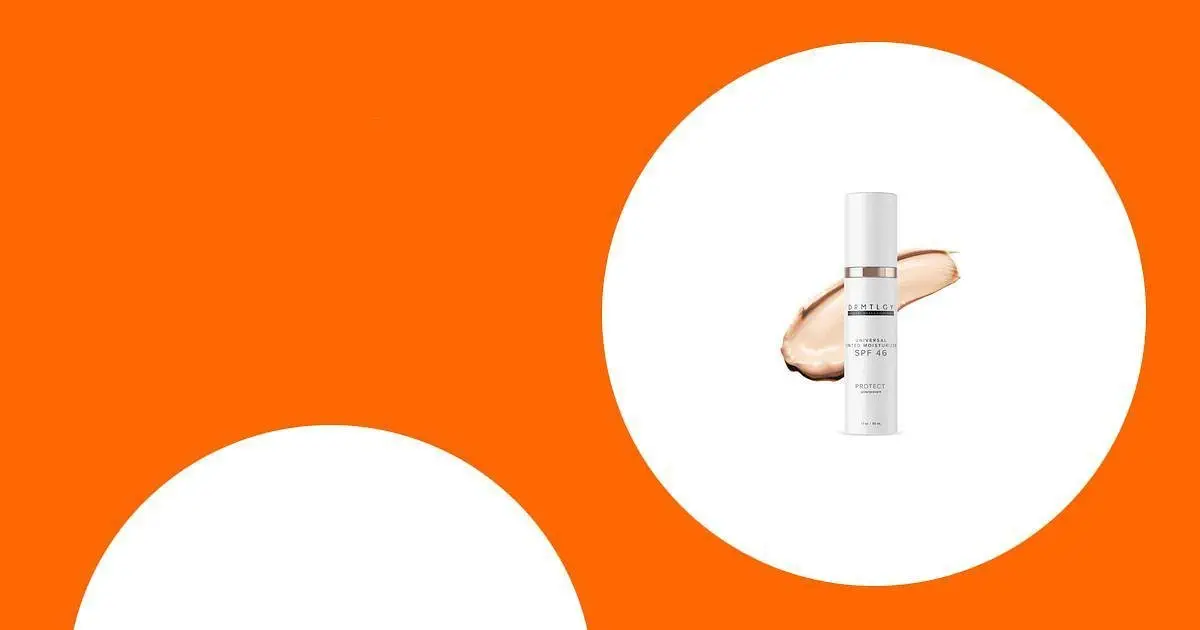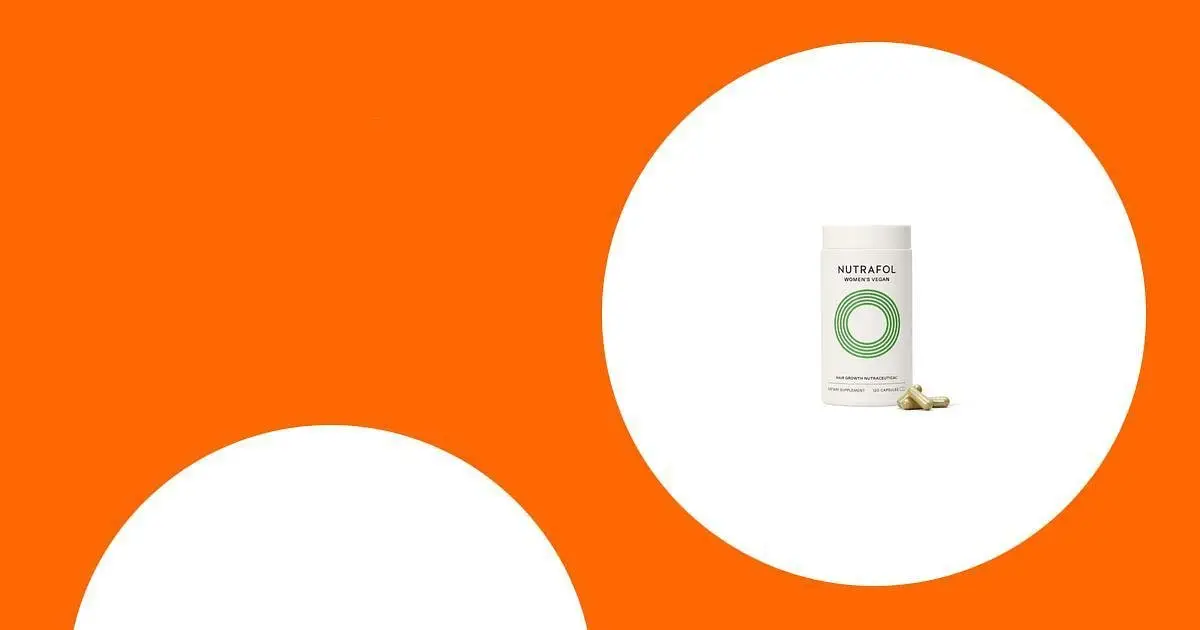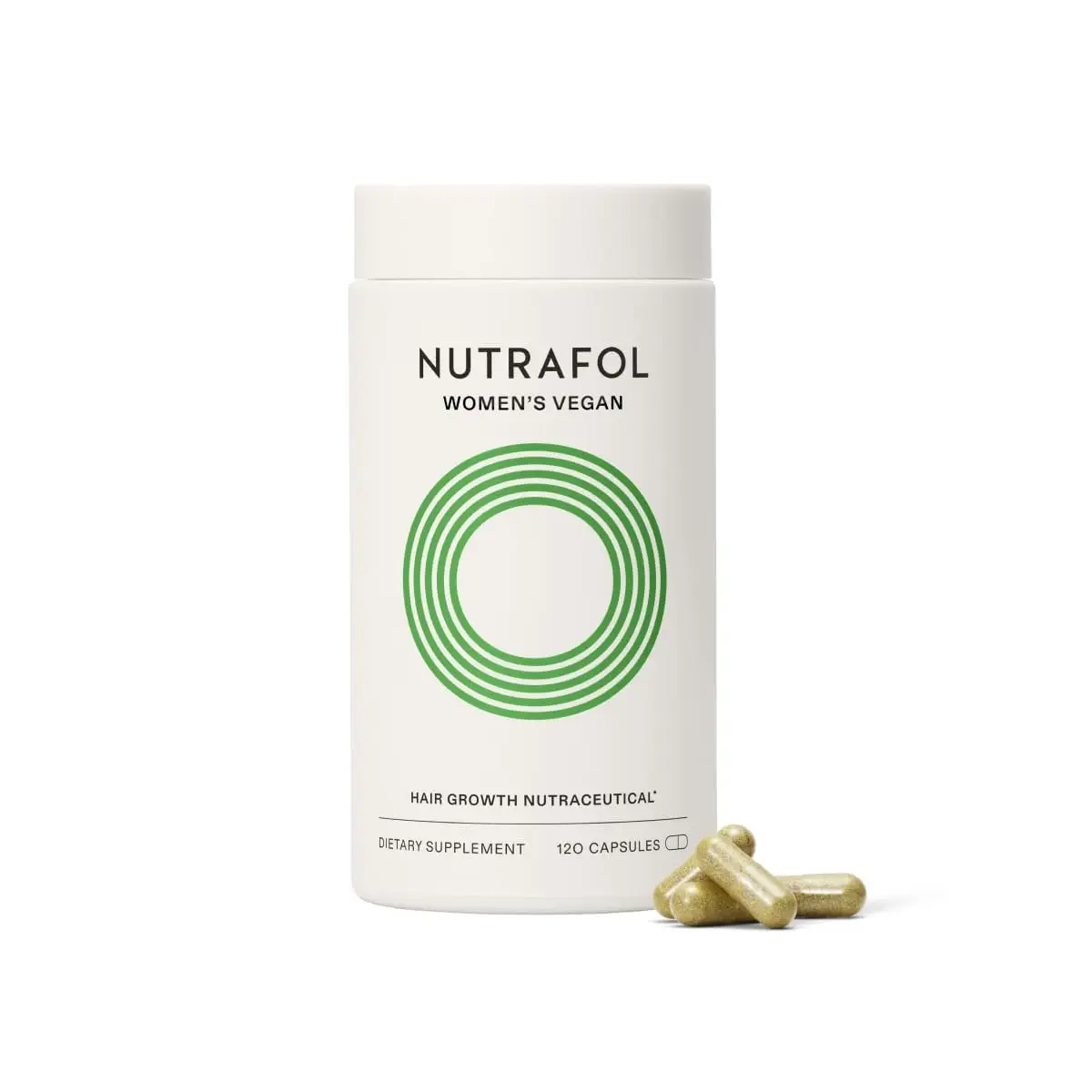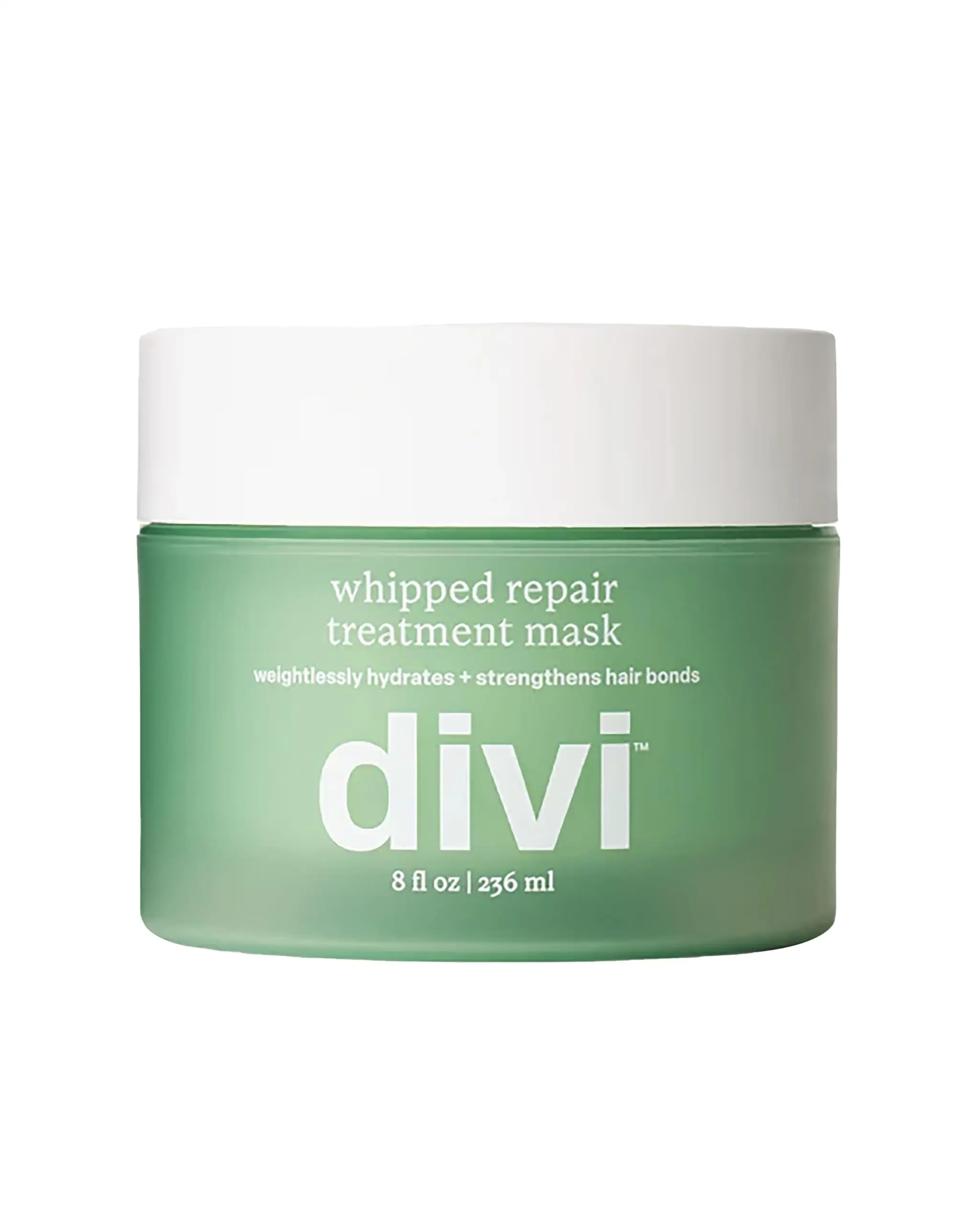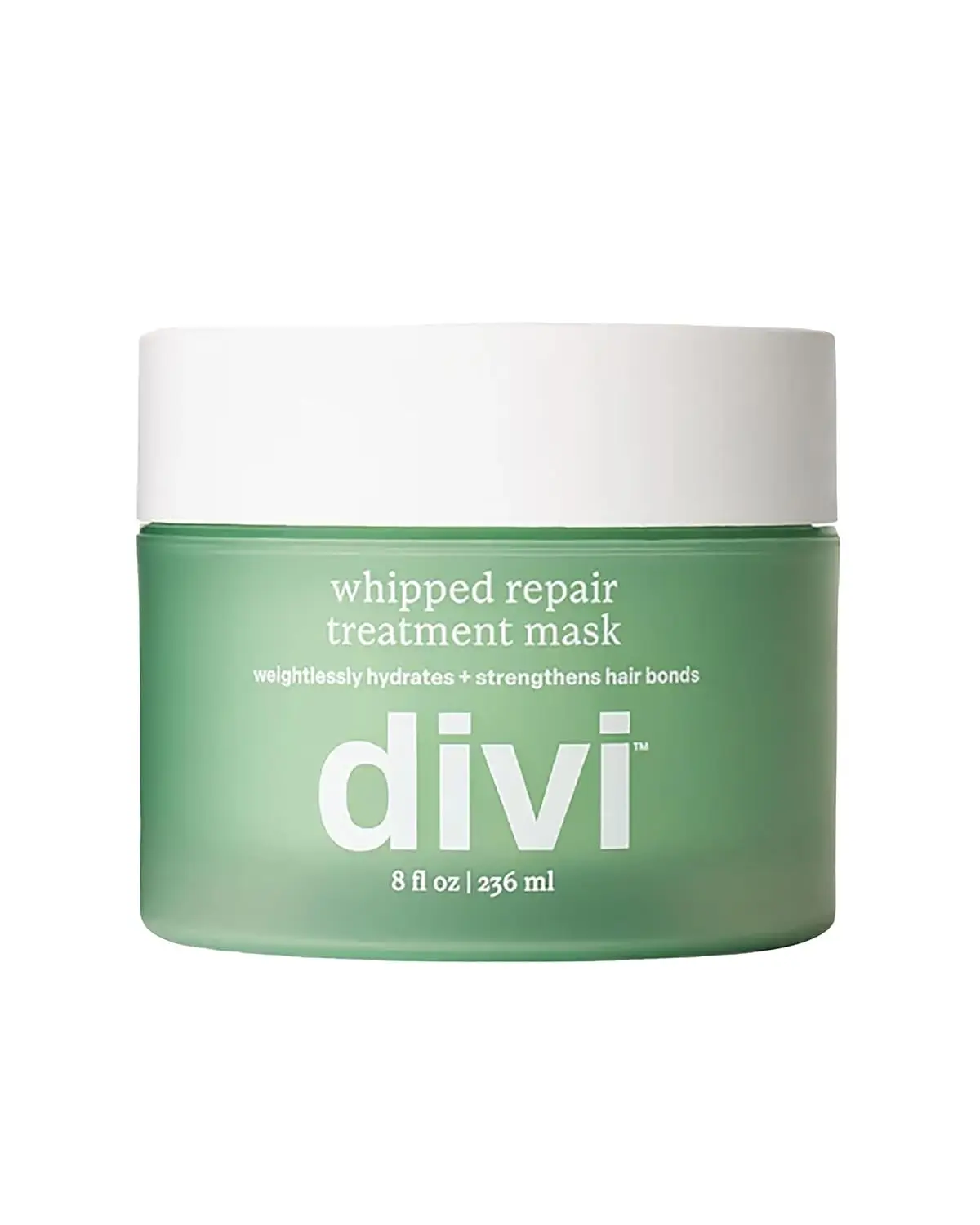Reverse Aging with These 6 Hair Growth Supplements

As we age, hair thinning and loss can become a significant concern for many individuals. Understanding how to combat these changes is essential not only for maintaining a youthful appearance but also for boosting self-esteem and confidence. By exploring effective hair growth supplements, you can take proactive steps toward revitalizing your hair and enhancing your overall well-being. This article will guide you through some of the best options available, helping you make informed decisions that can lead to healthier, fuller hair.
Top Picks
- Best Overall: Nutrafol Women’s Balance Hair Growth Supplements – $88.00
- Best Value: Viviscal Hair Growth Supplements for Women – $36.99
- Best for Daily Use: Nature’s Bounty Hair Growth Supplement – $16.98
- Best for Thinning Hair: Advanced Trichology FoliGROWTH™ Hair Growth Supplement – $44.95
- Best for Hair Health: OLLY Ultra Strength Hair Softgels – $19.99
- Best for Overall Wellness: Vital Hair Complex – $38.95
How We Selected These Products
When selecting hair growth supplements, consider factors such as ingredient efficacy, clinical backing, user reviews, and price. Look for products that contain proven ingredients like biotin, collagen, and vitamins that support hair health. Additionally, consider your specific hair concerns and lifestyle to find the best fit for your needs.
Nutrafol Women’s Balance Hair Growth Supplements
Nutrafol Women’s Balance is a game-changer for those of us navigating the hair challenges that come with age, especially after 45. These supplements are designed to tackle the root causes of thinning hair, like hormonal changes and metabolism shifts. With a blend of natural ingredients like biotin, ashwagandha, and saw palmetto, they work to promote visibly thicker and fuller hair. Whether you’re looking to boost your daily hair care routine or need a little extra help for a special occasion, these capsules fit seamlessly into your life. Just take four with a meal, and you’re on your way to healthier hair. I’ve heard so many positive stories about this product, and it’s definitely worth considering if you’re looking for a reliable solution.
What People Say
Users rave about the noticeable improvements in hair thickness and growth, especially after a few months of consistent use. Many have shared their excitement about new hair growth in areas that had previously thinned out, making it a popular choice for those looking to regain their confidence.
I am a 64-year-old female who had super thick hair until menopause. After two weeks of using Nutrafol, I started seeing new growth all over my head. I can’t say for sure what’s working, but this product has to be playing a role. I’m now seeing baby hairs popping up everywhere, and I’m beyond happy with the results.
– Tina Michael
Key Benefits
- Clinically proven for visibly thicker hair
- Targets hormonal changes and metabolism
- Natural ingredients for overall hair health
Long-Term Cost Benefits
While the upfront cost might seem high, many users find that the long-term benefits of thicker, healthier hair outweigh the investment. Plus, with a subscription option, you can save on repeat orders, making it more budget-friendly over time.
Current Price: $88.00
Rating: 4.2 (Total: 13644+)
Viviscal Hair Growth Supplements for Women
Viviscal Hair Growth Supplements are a thoughtful blend of nutrients designed to nourish thinning hair and promote existing growth. With ingredients like the AminoMar Collagen Complex, biotin, and zinc, these tablets are perfect for anyone looking to support their hair health, especially during times of stress or hormonal changes. They’re easy to incorporate into your daily routine—just take two tablets a day with meals. Whether you’re preparing for a special event or just want to feel your best every day, these supplements can help you on your journey to fuller, healthier hair. Many users have shared their success stories, making this a product worth considering.
What People Say
Users are thrilled with the results, often reporting noticeable improvements in hair thickness and reduced shedding after consistent use. Many have shared their excitement about new hair growth, especially in areas that had previously thinned out, making it a popular choice for those looking to regain their confidence.
I started losing massive amounts of hair in 2020. After trying various products with little success, I began taking Viviscal. Within a few months, I noticed my hair was regrowing and becoming thicker. It’s been three years now, and I can confidently say that these vitamins have made a significant difference. Just a heads up, they can be a bit tricky to swallow, but the results are worth it.
– kayjun
Key Benefits
- Scientifically proven to nourish thinning hair
- Supports existing hair growth from within
- Drug-free formula with natural ingredients
Long-Term Cost Benefits
While the price might seem a bit steep initially, many users find that the long-term benefits of healthier, fuller hair make it a worthwhile investment. Plus, with options for bulk purchases, you can save a bit on your overall costs.
Current Price: $36.99
Rating: 4.3 (Total: 28791+)
Nature’s Bounty Hair Growth Supplement
Nature’s Bounty Hair Growth Supplement is a one-per-day capsule designed to support thicker and fuller hair. With a blend of biotin, silicon, and arginine, this supplement nourishes hair follicles and promotes existing hair growth. It’s perfect for anyone looking to enhance their hair health, whether you’re dealing with seasonal shedding or just want to maintain your luscious locks. The convenience of taking just one capsule daily makes it easy to fit into your routine, and many users appreciate the noticeable results they see after consistent use. If you’re on a journey to boost your hair’s vitality, this supplement is a great option to consider.
What People Say
Users are excited about the results, often mentioning improvements in hair thickness and reduced shedding. Many have shared their joy about new hair growth in areas that had previously thinned out, making this supplement a popular choice for those looking to regain their confidence.
I have always had medium density hair and about two months ago I noticed some visible thinning. After starting Nature’s Bounty Hair Growth, I’ve seen new growth sprouting in the thinning areas. My hair feels thicker and softer, and my nails have also gotten stronger. It’s easy to swallow and has no bitter aftertaste, which is a plus.
– AngelaH
Key Benefits
- Clinically shown to support hair growth
- Convenient one-per-day formula
- Contains essential nutrients for hair health
Long-Term Cost Benefits
While the initial cost might seem a bit high, many users find that the long-term benefits of healthier, fuller hair make it a worthwhile investment. Plus, with options for bulk purchases, you can save a bit on your overall costs.
Current Price: $16.98
Rating: 4.3 (Total: 2088+)
Advanced Trichology FoliGROWTH™ Hair Growth Supplement
The Advanced Trichology FoliGROWTH™ Hair Growth Supplement is a thoughtfully crafted formula designed to support thicker, fuller hair. With a blend of 28 herbs, vitamins, and minerals, this supplement aims to revitalize thinning hair and promote healthy growth. It’s suitable for both men and women, making it a versatile choice for anyone looking to enhance their hair health. Many users appreciate how easy it is to incorporate into their daily routine, taking just three capsules a day. If you’re on a quest for healthier hair, this supplement might just be the boost you need.
What People Say
Users rave about the noticeable improvements in hair thickness and reduced shedding. Many have shared their excitement about new growth in areas that were previously thinning, making this supplement a go-to for those looking to regain their confidence and vitality.
I absolutely love this product! After struggling with hair loss due to menopause and surgeries, I started using FoliGROWTH and saw new hair growth within weeks. My stylist even noticed the difference, and I feel so much more confident now. The fact that it’s backed by the American Hair Loss Association gives me peace of mind. Highly recommend it to anyone dealing with thinning hair.
– Amanda
Key Benefits
- Supports fuller, thicker hair
- Contains 28 herbs and vitamins for optimal hair health
- Approved by the American Hair Loss Association
Long-Term Cost Benefits
While the price may seem a bit steep at first, many users find that the long-term benefits of healthier, fuller hair justify the investment. Plus, with options for bulk purchases, you can save on future orders.
Current Price: $44.95
Rating: 4.2 (Total: 13853+)
OLLY Ultra Strength Hair Softgels
OLLY Ultra Strength Hair Softgels are a delightful way to support your hair health from the inside out. Packed with essential vitamins like Biotin and Keratin, these softgels aim to nourish your hair follicles and promote stronger, fuller hair. With a hint of strawberry flavor, they’re easy to take daily, making them a great addition to your morning routine or a special treat when you need a little extra care. If you’re looking for a simple yet effective way to boost your hair health, these softgels might just be what you need.
What People Say
Many users have shared their excitement about the noticeable changes in their hair after using these softgels. From thicker strands to improved shine, the feedback highlights how effective these vitamins can be in revitalizing hair health.
I was skeptical at first, but after just a month of taking these softgels, I noticed a significant improvement in my hair’s thickness and overall health. My hairdresser even commented on how much healthier my hair looks. Plus, I love that they don’t upset my stomach like some other vitamins do.
– Mick Sydell
Key Benefits
- Supports hair health with Biotin and Keratin
- Easy to swallow with a pleasant strawberry flavor
- Gluten-free and sugar-free for a healthier option
Long-Term Cost Benefits
While the price is around $19.99 for a 30-day supply, users often find that the benefits of healthier hair make it worth the investment. Plus, with options for subscriptions, you can save a bit on future orders.
Current Price: $19.99
Rating: 4.3 (Total: 4996+)
Vital Hair Complex – Biotin & Vitamin B Hair Vitamins
Vital Hair Complex is a fantastic supplement designed for both men and women looking to enhance their hair, skin, and nails. With a blend of Biotin and essential vitamins, this hormone-free and gluten-free formula nourishes your hair from the inside out. It’s perfect for daily use, whether you’re looking to boost your hair health as part of your routine or need a little extra support for a special occasion. If you’re on a journey to achieve thicker, fuller hair, this supplement might be just what you need.
What People Say
Users have shared their excitement about the noticeable changes in their hair after using Vital Hair Complex. Many have reported thicker strands and less hair fall, highlighting how effective this supplement can be in revitalizing hair health.
I have been so pleased with the results. I tried other products for years, and while they kept things from getting worse, they didn’t make my hair any thicker. I saw results after about 2.5 months. I can see my hair is thicker and very few hairs fall out when I comb it. Delighted.
– B. Stephens
Key Benefits
- Supports healthy hair growth with Biotin and essential vitamins
- Suitable for all hair types, free from harmful additives
- Easy to incorporate into your daily routine with just two capsules a day
Long-Term Cost Benefits
At around $38.95 for a 30-day supply, many users find that the benefits of healthier hair make it a worthwhile investment. Plus, with subscription options available, you can save on future orders while ensuring you never run out.
Current Price: $38.95
Rating: 4 (Total: 1098+)
FAQ
What should I consider when choosing a hair growth supplement?
When selecting a hair growth supplement, it’s essential to consider the ingredients and their proven effectiveness. Look for supplements that contain key nutrients like biotin, vitamins A, C, D, E, and minerals such as zinc and iron, as these are known to support hair health. Additionally, consider your specific hair concerns, such as thinning or breakage, and choose a product that targets those issues. It’s also wise to read reviews and check for any potential side effects, as some users may experience digestive discomfort or allergic reactions. Lastly, consult with a healthcare professional if you have any underlying health conditions or are taking other medications.
How long does it take to see results from hair growth supplements?
Results from hair growth supplements can vary widely among individuals, but generally, you should expect to see noticeable changes within three to six months of consistent use. Hair growth is a gradual process, and factors such as your overall health, diet, and genetics can influence the speed of results. It’s important to remain patient and committed to your regimen, as discontinuing use too early may prevent you from achieving the desired outcomes. Keep in mind that while some users report improvements in hair thickness and growth within a month, others may take longer to see significant changes.
Are there any side effects associated with hair growth supplements?
While many hair growth supplements are generally safe, some users may experience side effects. Common issues include digestive discomfort, such as bloating or gas, particularly if the dosage is higher than recommended. Allergic reactions can also occur, leading to skin irritations or rashes. To minimize the risk of side effects, start with a lower dosage and gradually increase it as your body adjusts. If you experience severe reactions or persistent discomfort, it’s advisable to discontinue use and consult a healthcare professional. Additionally, always check the ingredient list for any allergens or substances you may be sensitive to.
Wrapping Up
In conclusion, investing in hair growth supplements can be a valuable step toward reversing the signs of aging and promoting healthier hair. By choosing products backed by clinical research and positive user experiences, you can enhance your hair’s appearance and regain confidence. Remember to consult with a healthcare professional before starting any new supplement regimen to ensure it aligns with your health needs.

